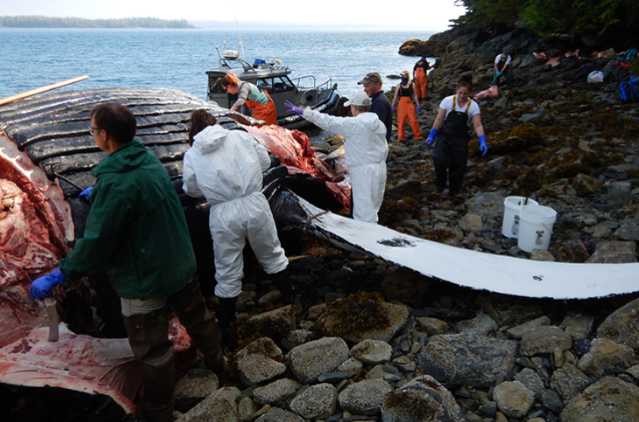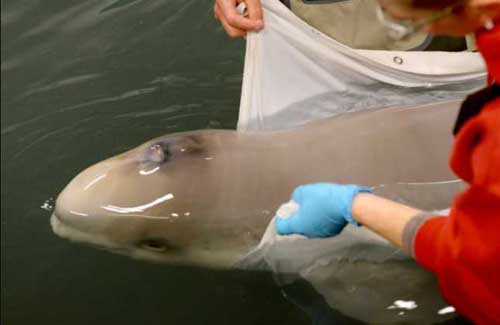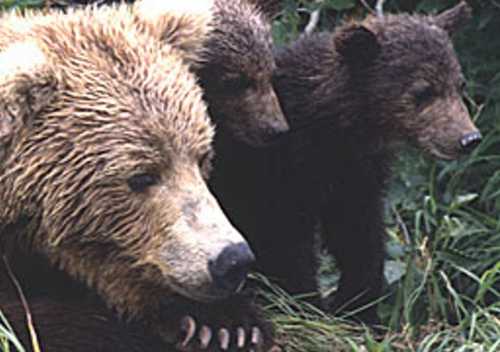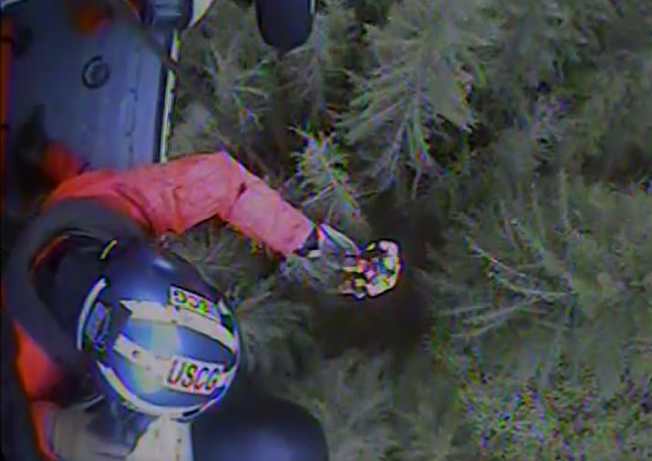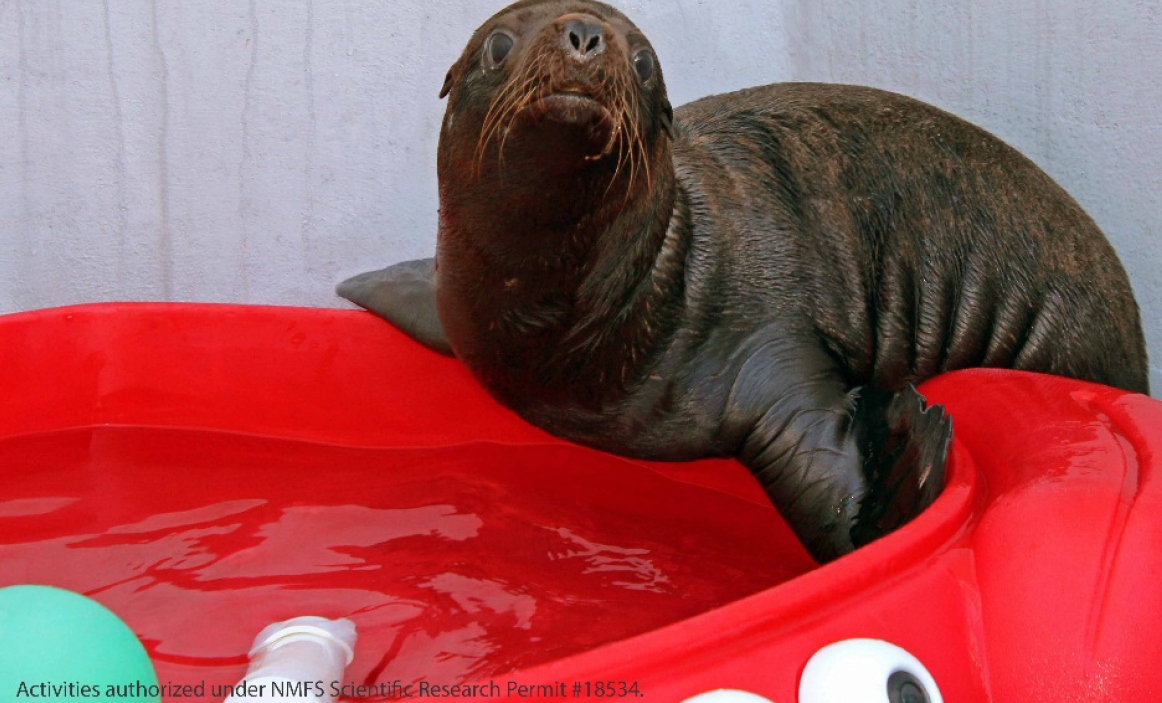KODIAK, Alaska — A Coast Guard Air Station Kodiak HC-130 Hercules airplane crew transported two walrus calves from Barrow to Anchorage for further transport to the Alaska SeaLife Center in Seward Monday.
The Coast Guard received a call Monday from the Alaska Fish and Wildlife Service stating that two walrus calves were found orphaned for unknown reasons near Barrow. The calves were found malnourished and in need of immediate veterinary assistance.
“That is where the assistance of the Coast Guard came in,” said Tim Lebling the stranding coordinator with the Alaska SeaLife Center. “There was not a (commercial) flight available, and these guys were in critical condition and needed to get back to our veterinarian standing by in Anchorage. We were incredibly fortunate to have the Coast Guard able to fly us back to Anchorage this afternoon.”
|
|
The calves were transported in large kennels aboard the Hercules along with wildlife professionals to monitor stress levels and the overall health of the animals. They arrived to Anchorage at about 5 p.m. and will be further transported to Seward aboard a truck.
“Even though this is a unique case, it aligns with our Coast Guard roles and missions,” said Capt. Melissa Rivera, commanding officer Air Station Kodiak. “With our new presence in the Arctic, we can provide our help and support in a variety of different ways.”
Although the Coast Guard is known for its safety and security missions, the environmental stewardship mission in Alaska has a history dating back more than 130 years. In 1872, Revenue Cutter Service ships were dispatched to the region to examine exploited seal rookeries. This led to the Fur Seal Treaty of 1911 and ultimately the Marine Mammal Protection Act. Today Air Station Kodiak regularly conducts observation flights over protected seal and walrus rookeries.
Currently, the Alaska SeaLife Center is the only marine mammal rehabilitation center in the state of Alaska. The Coast Guard previously transported marine mammals for the Alaska SeaLife Center in 2005 and 2007.
To learn more about the condition of the calves and to follow their progress please visit www.alaskasealife.org.
Source: United States Coast Guard


